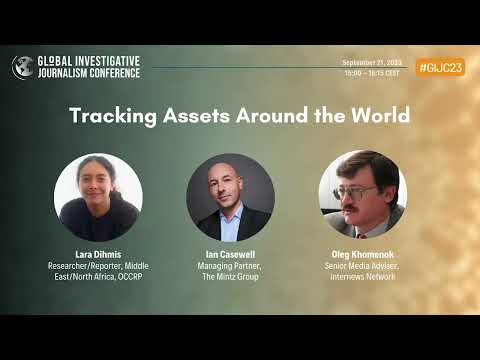Resource Video
Investigating Elections: Threat from AI Audio Deepfakes
Elections all over the world are endangered by a vast array of sophisticated digital threats. This year, when more voters head to the polls than ever before, AI-driven deepfakes threaten electoral processes everywhere, with potentially disastrous consequences for at-risk democracies. AI-generated audio simulations — in which a real voice is cloned by a machine learning […]










